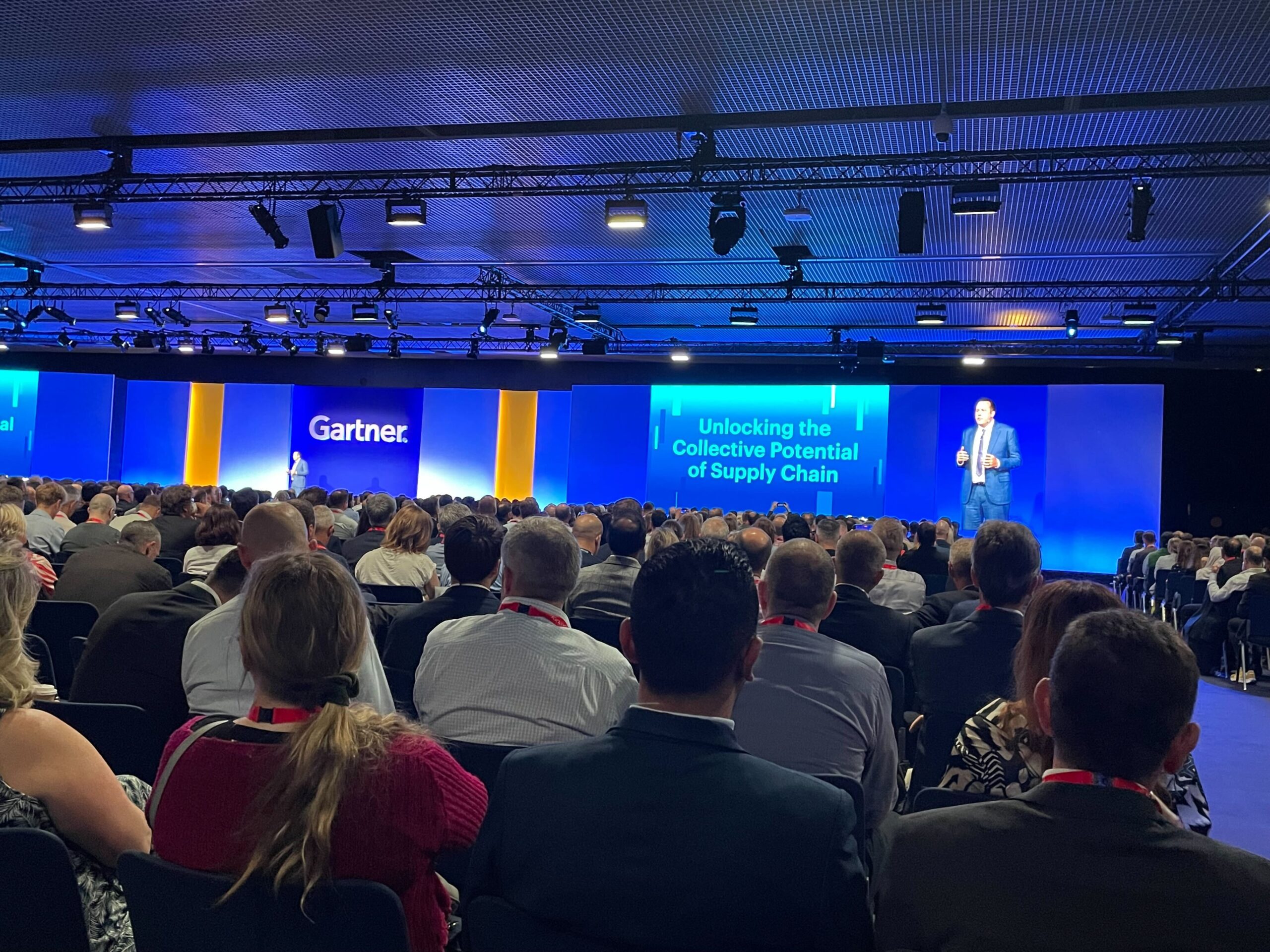
I recently joined fellow supply chain executives at the Gartner Supply Chain Symposium|Xpo, where we discussed the major themes currently defining — and challenging — supply chains around the globe, as well as strategies for navigating these volatile times. Here are the standout insights I gathered from this industry-leading event.
Agility is paramount
Considering the upheaval of the past few years, it’s no surprise that agility and risk management continue to be top of mind for chief supply chain officers and other executives. In the years leading up to the pandemic, companies relentlessly pursued supply chain efficiency and cost savings, often at the expense of agility. But the unpredictability wrought by recent political, economic and global health disruptions has changed everything — and supply chains are likewise evolving.
Today’s leaders are still working to strike the balance of trade-offs required to shift their supply chains from a reactive posture to a proactive one, as well as enhance their ability to predict and absorb future shocks. At the Gartner Symposium, executives discussed several approaches, including reconfiguring supply chains from linear to segmented; rebalancing and diversifying sources; cultivating longer-term partnerships; focusing on sustainability; and implementing cutting-edge technology (including FourKites’ end-to-end visibility solutions) to help predict and prevent risks before they occur.
Indeed, as Maria Villablanca of the Future Insights Network said at the conference, “Visibility is the only answer to adaptability and resilience.” Alan Duncan, VP of Manufacturing Solutions at Blue Yonder, agreed: “Being able to identify disruptions ahead of time before they become a problem, and then integrating that into your planning process to be able to plan your way out of a disruptive situation, means you’re better prepared to resolve the situation in a cost-effective manner, rather than an ‘expedite your way out of the problem’ scenario.”
Sustainability is in demand
Sustainability, too, is an important part of the mix. Carbon-neutral supply chains are also increasingly demanded by consumers, investors and regulators alike. However, while most supply chain leaders understand the importance of sustainability, many are still grappling with how to operationalize it in a holistic, impactful way. As Villablanca asked at the Gartner Symposium, “How do you embed sustainability into the very fiber of your organization?”
Other leaders at the Symposium discussed proven ways to start, including:
And the benefits of a sustainable supply chain extend beyond ESG; they encompass reduced costs, improved performance and increased customer and employee satisfaction. While the case for sustainability has never been stronger, shippers face additional headwinds beyond getting buy-in from stakeholders.
Managing your network is an ongoing challenge — but visibility and partnership can help
When it comes to these higher pursuits, a hurdle that supply chain executives are still working to overcome is mapping and collaborating with supply chain partners. Most companies do not know their suppliers beyond their direct (Tier 1) suppliers. Not only does this leave them vulnerable to shocks in the upstream supply chain, but it also calls into question their supply chain’s true ESG posture.
Gaining visibility into Tiers 2 and 3 is essential for risk management, sustainability goals and beyond. Upstream visibility helps companies ensure supplies are being shipped and produced in a sustainable and socially responsible way, and that they have gone through the right set of governance as part of the production chain. Amid an increasingly complex and ever-shifting web of global supply chains, supply chain leaders need the very best visibility solutions on the market.
Beyond technology, Gartner Symposium attendees agreed that partnerships are undeniably important in the pursuit of agility, sustainability and upstream visibility. It’s no surprise that partnerships were a major theme at the Symposium, where leaders joined from across the globe for collaboration and community. With real-time visibility as a foundation, the supply chain ecosystem is connecting and collaborating, building greater transparency through integration and cooperation with supply chain partners to augment their supply chains and be much more prepared for any future disruptions.
Building for the future
From sustainability to agility, the themes recently dominating conversations among supply chain executives aren’t going anywhere. Though trade lanes may shift, globalization will persist and complexity will remain — to endure future disruptions and meet the needs of future generations, we must continue creating more transparent and sustainable supply chains.
I’m grateful to everyone for keeping these exciting discussions going in Barcelona, and I look forward to pursuing more efficient supply chains alongside them in the future.